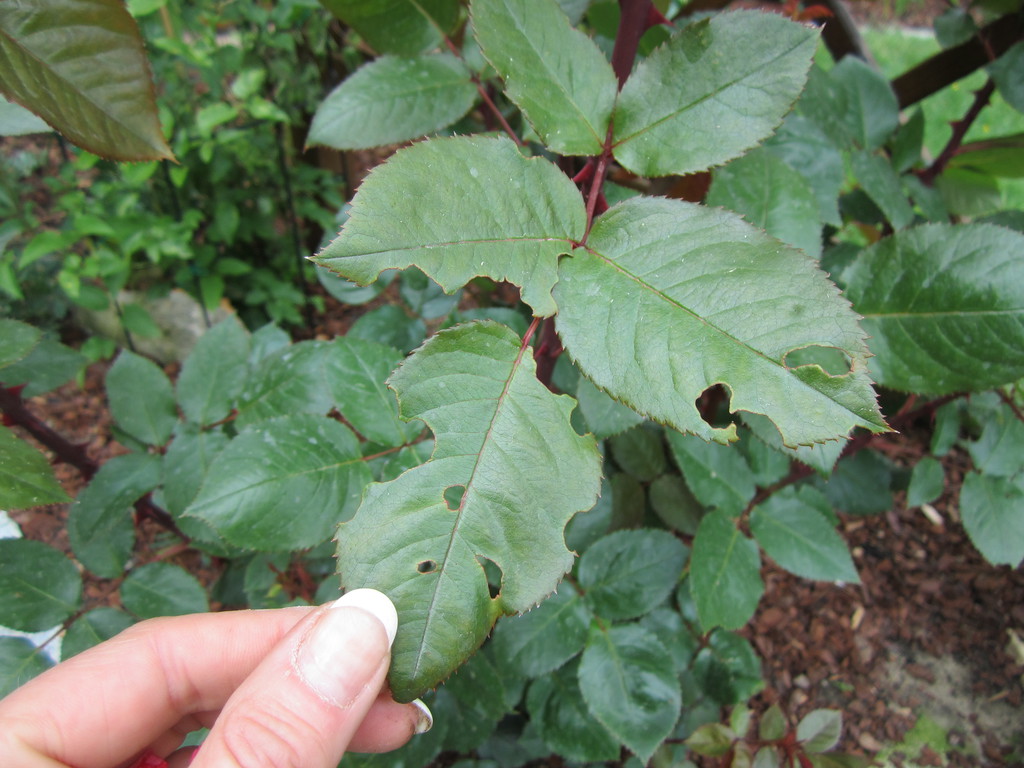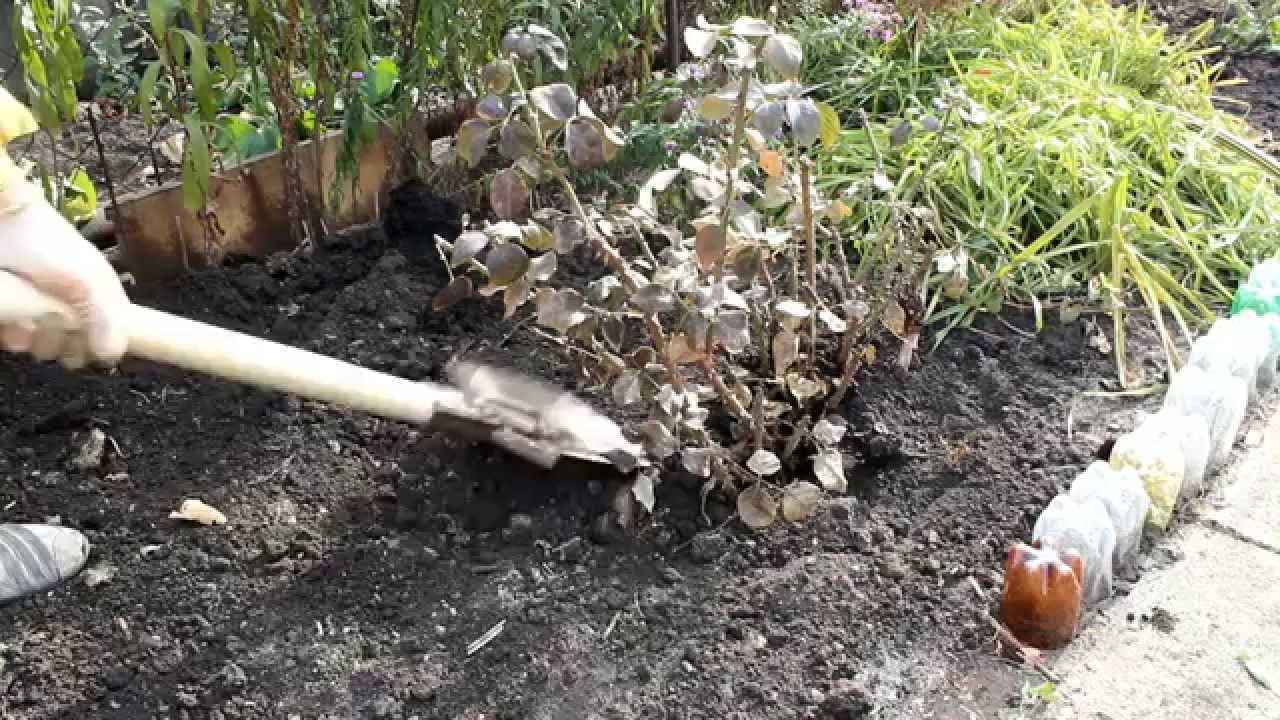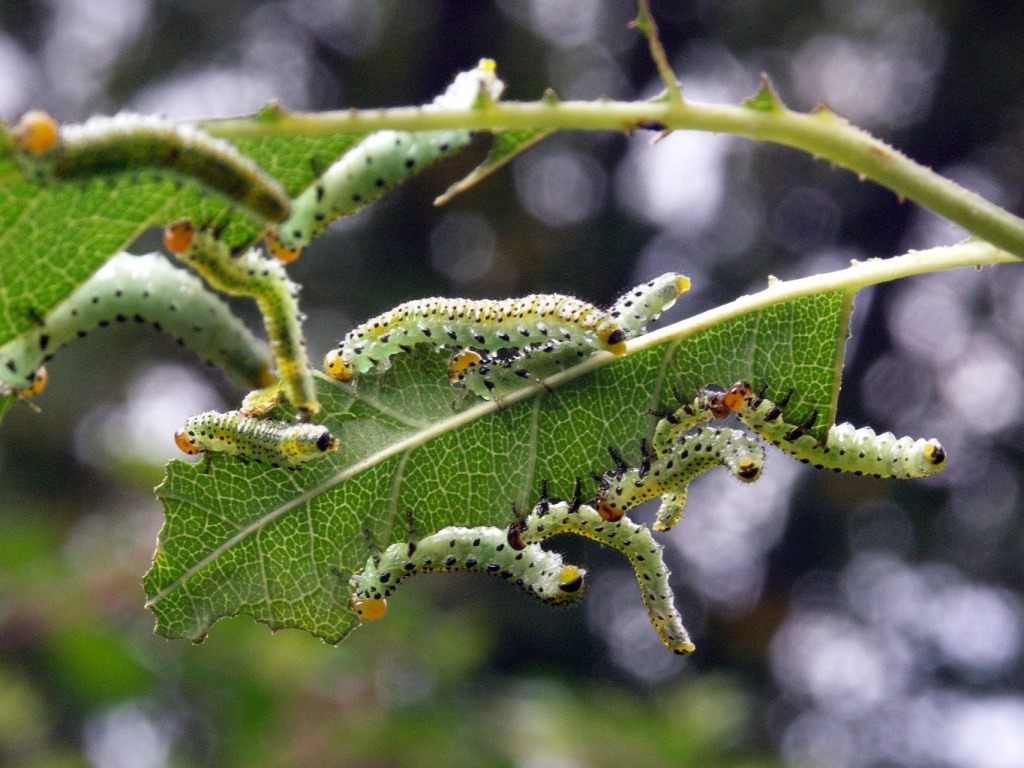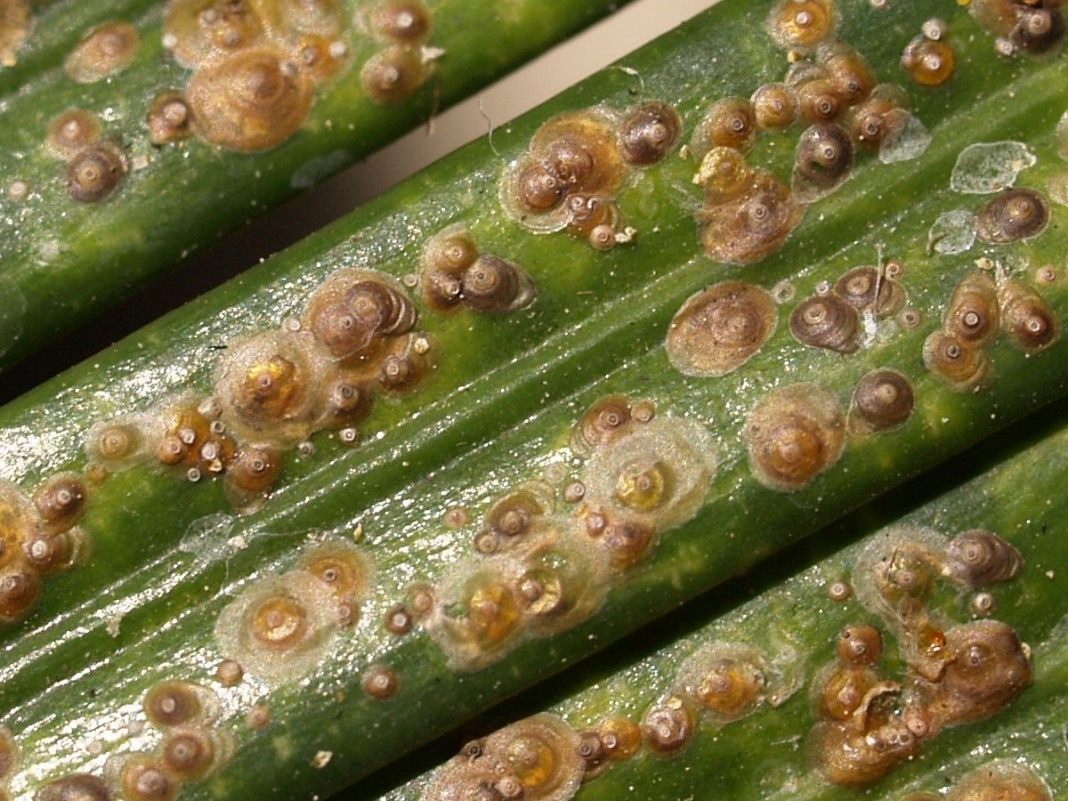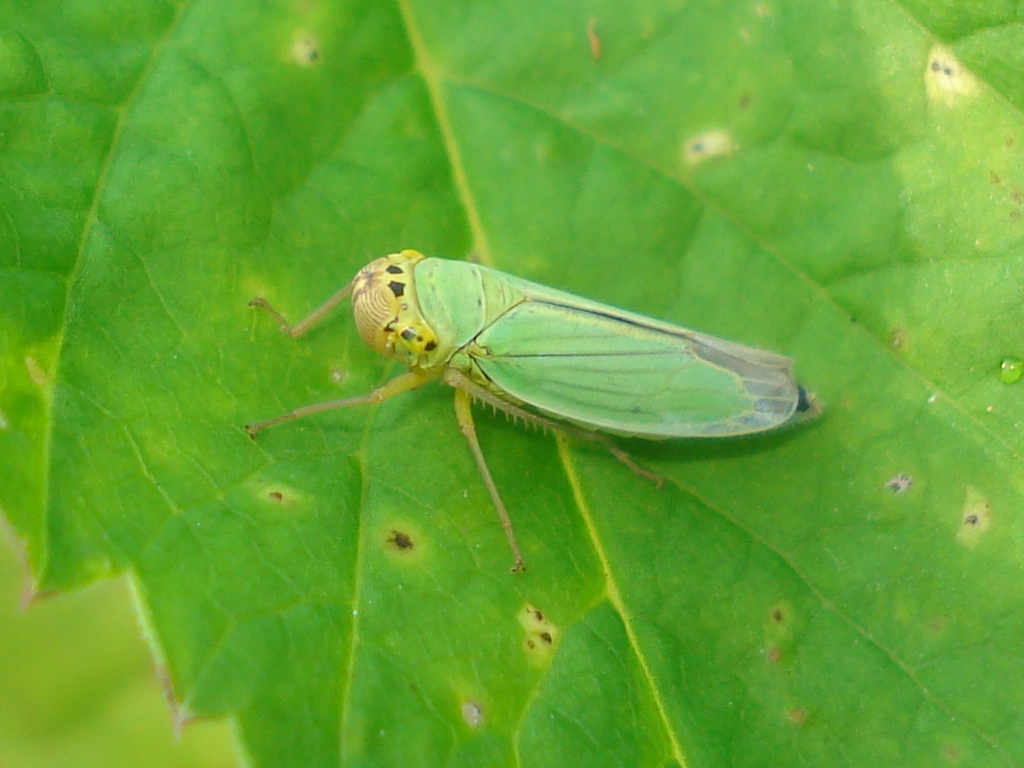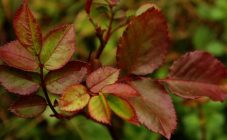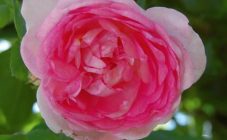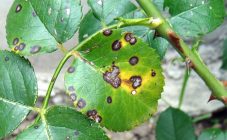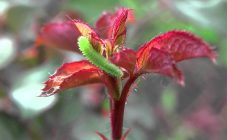Content:
Rose - the queen of flowers - is a favorite flower of gardeners. To protect rose bushes from damage by diseases and pests, you need to constantly monitor the condition of the plants and learn how to recognize suspicious symptoms in a timely manner. For example, if the leaves of a rose are in holes, what to treat can be understood by studying the types of garden pests, the reasons for their appearance and methods of elimination.
General rules for caring for roses outdoors and at home
This fragrant flower enchants with its beauty and rich colors. The wild ancestor - the rose hip - left the rose with an unpretentious character. Rose bushes take root well in different climatic conditions and do not require special care. But in order for the garden beauty to bloom magnificently every year and not lose its best qualities, you need to take care of it.
There are basic rules for caring for garden roses and house plants, which are the same for all species and varieties.
Watering
Maintaining a constant level of soil moisture is essential for plant health. Watering rose bushes begins after the snow melts, when the ground dries up a little. In extreme heat, to maintain beauty, you can water and spray roses in the morning and evening. This applies to flowers in the garden as well as indoor plants.
Pruning bushes
In autumn, bushes are pruned when the night temperature drops to 0 ° C, and the frequency of watering decreases. The cuttings can be saved for spring planting outdoors. In order for dormant plants to withstand severe cold, they are covered with sawdust, dry grass and leaves. You can additionally insulate the trimmed bushes with polyethylene or garden batting.
During the summer, you need to cut the wilting flowers so that they do not take away nutrients, and the "blind" internal shoots that thicken the bush.
Transfer
When growing roses at home, a transplant is required annually in spring or autumn. For this, each time a pot is selected slightly larger than the previous one. For potted roses, regular watering is very important, especially during flowering.
Transplanting roses in the open field is carried out before the onset of frost. It is best to choose open, sunny places. House flowers also like good lighting, but without direct sunlight.
Top dressing
For feeding roses during the budding period, the best option would be a special mineral fertilizer. In the future, you can feed the plants with a solution of mullein or chicken droppings.
With proper care, rose bushes will feel at ease and delight with luxurious flowers all summer. But, if suddenly the leaves of the plant began to turn yellow or the leaves of the rose have leaky leaves, then there are problems, and you need to figure out why this happened.
A rose has leaves in a hole: what to do and why it happens
Even with the most competent cultivation of garden roses, an invasion of pests cannot be avoided, and there are a considerable number of them.
Change in color and curling of leaves, the appearance of holes on the leaves indicates the appearance of harmful insects on the plant, such as aphids, leafhoppers, ticks, scale insects.Their vital activity disrupts the normal physiological processes of the plant, which can lead to the death of the rose. So, what types of insects threaten the bushes, what to do if a rose has eaten leaves and how to help.
Aphid
This is the largest pest. It multiplies rapidly, loves young shoots and delicate buds. Small greenish bugs form whole colonies on bushes. They live on the seamy side of leaves, peduncles, shoots. Wingless females lay larvae all summer long, which after 10 days are able to reproduce offspring themselves.
A proven popular method is to spray the pests with soapy water or wormwood infusion. Another option is an infusion of wood ash, which is prepared during the day (1 tbsp. Ash for 1 bucket of hot water). The finished product is filtered and the bushes are treated.
Spider mite
A very small, transparent arthropod pest that is greenish yellow or orange in color and has dark spots on the sides. The mite infects all plants by feeding on their sap. Young plants especially suffer from it. If you do not control the number of pests that multiply all summer, it can destroy more than one rosebush.
To combat the tick, there are special acaricidal preparations: isophrenic, omite, nissoran, sunmayt, karate. These highly toxic drugs must be used with great care.
Shield
It is very difficult to get rid of this pest, it is protected by a durable shell. This insect leaves a sticky coating on the leaves and stems of roses, which contributes to the appearance of fungal diseases. Chemical preparations do not act on the shield, therefore, to get rid of the pest, the roses are gently wiped with soft sponges and soapy water.
Leaf roll
A small butterfly lays eggs on trees in autumn, from which caterpillars of a yellowish brown color appear in spring. These voracious creatures greatly harm the leaves and buds of roses, feeding on their pulp. Due to the web that the caterpillar weaves, the leaves curl into a tube. What to do if a rose has leaves in holes? If there are not many caterpillars, you can manually peel and destroy the plants. In case of large clusters, it is recommended to treat the rose bushes with aktara or decis preparation.
Rose cicada
It is a pest with an elongated body and yellow-green wings. The insect gnaws at the leaves, and the larvae feed on the sap of the leaves, which makes them wither and turn yellow.
If leaves in a hole and yellow-white spots are found in a rose, then the answer to the question of what to do is only to start fighting the pest in all ways.
First of all, remove the affected parts of the rose bush. Of the folk methods, spraying with infusions of garlic and onions, tar soap, pharmacy chamomile is recommended.
We will have to carry out a double treatment of plants and the adjacent territory with insecticides (aktara, calypso, bazudin) with an interval of 10-12 days.
Leaf cutter bee, bronzovka, weevil, small scoop caterpillar, common earwig, thrips - these pests can eat all the leaves and stems of rose bushes, while forming characteristic holes. Traditional methods do not always help get rid of harmful insects. There are effective industrial tools for this:
- firoferm;
- inta-vir;
- actress;
- gamair;
- topaz;
- fufanon.
Prevention
It is necessary to protect roses from pests throughout the growing season. Preventive measures help rid delicate plants of many pests:
- regular weed removal;
- loosening the soil;
- monthly spraying of bushes and soil under them with manganese solution;
- regular watering;
- fertilizing with fertilizers;
- inspection of plants;
- growing roses in the open;
- planting fragrant plants to repel insects;
- attracting birds to the site to destroy pests.
If someone eats a garden rose, what is the first step? You need to try to get rid of pests in the first days of their appearance, using complex measures.
For spring prophylaxis against pests, roses can be sprayed with a nitrophene solution (200-300 g per 10 liters of water) before bud break. Re-treat the plant in May with bifenthrin.
Chemicals should be diluted strictly according to the instructions, taking personal safety measures.
All roses require close attention. Treatment from pests is part of the mandatory measures for their cultivation. If everything is done correctly and on time, the rose bushes will look spectacular and will not bother the grower with any holes in the sheets.
